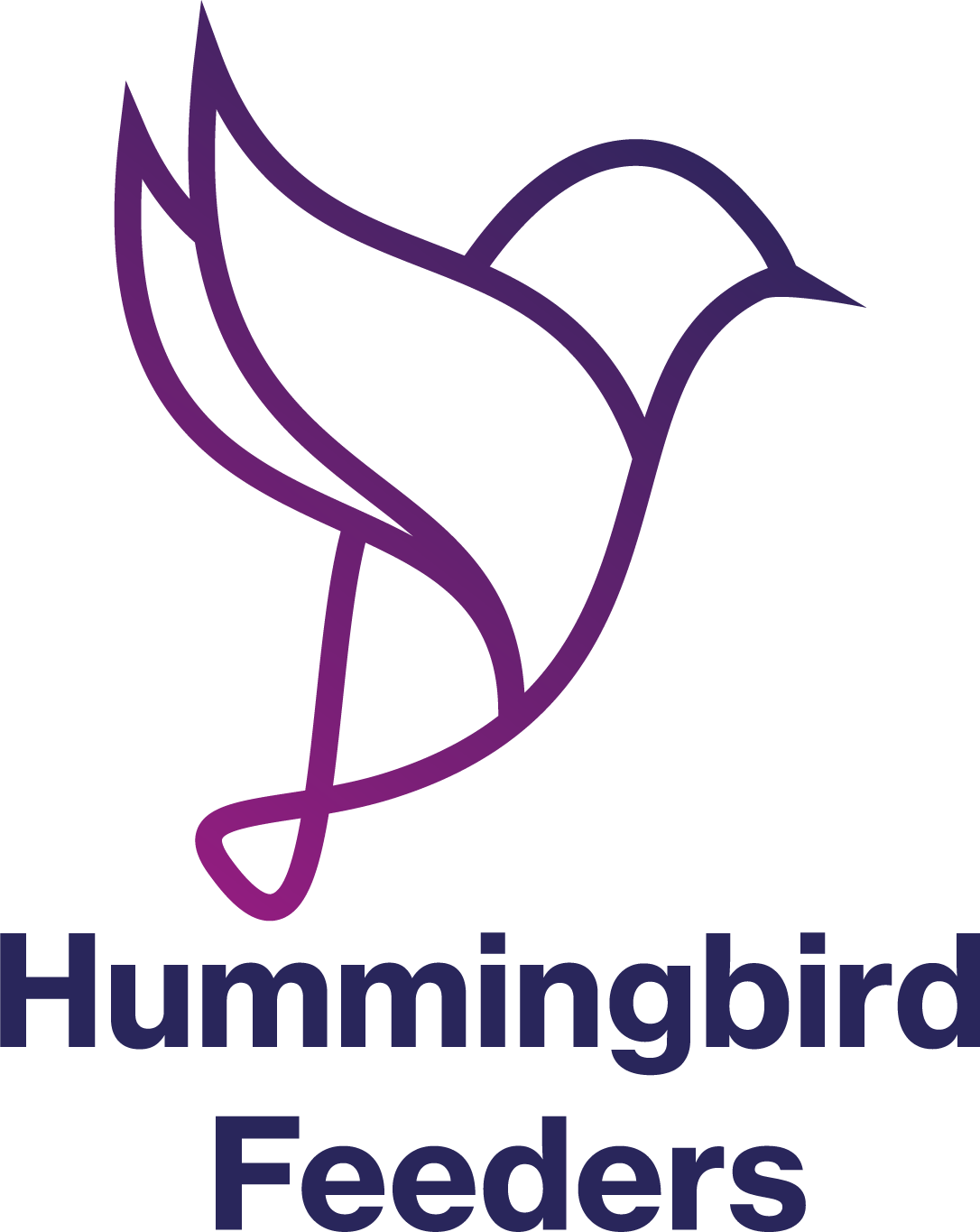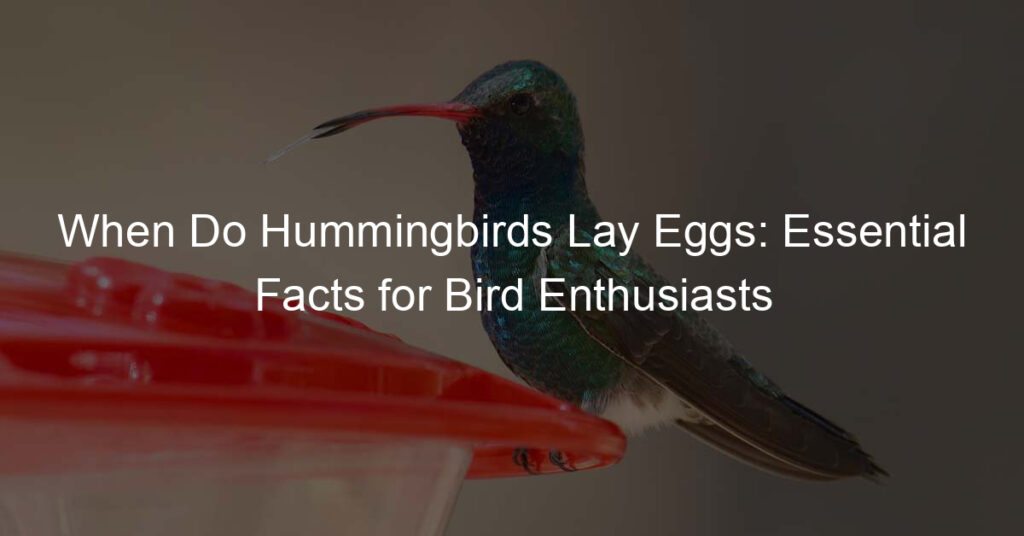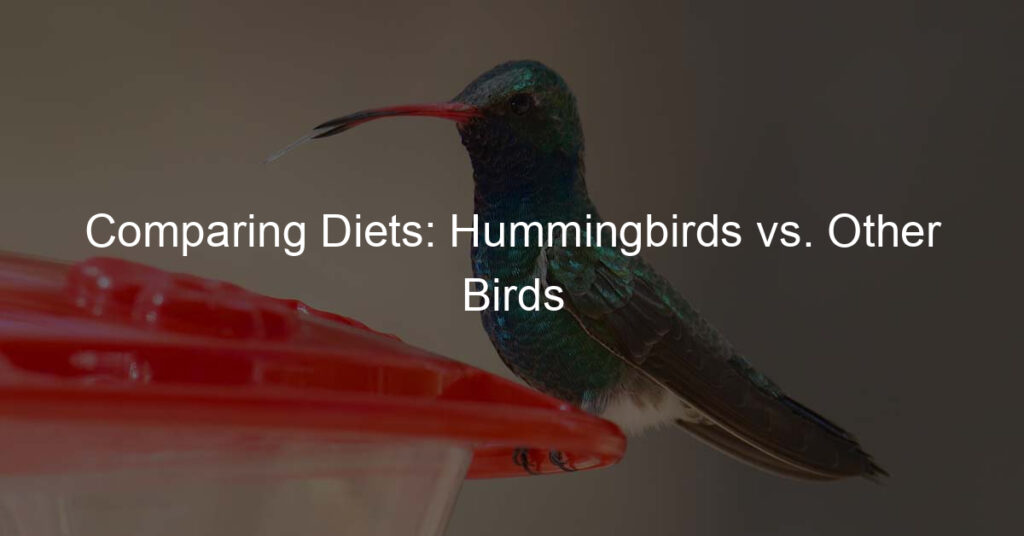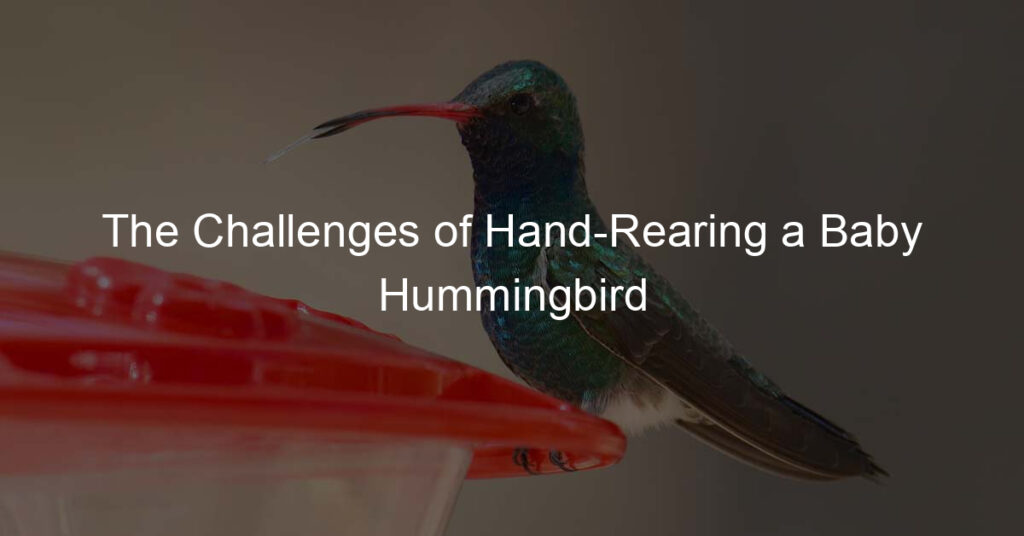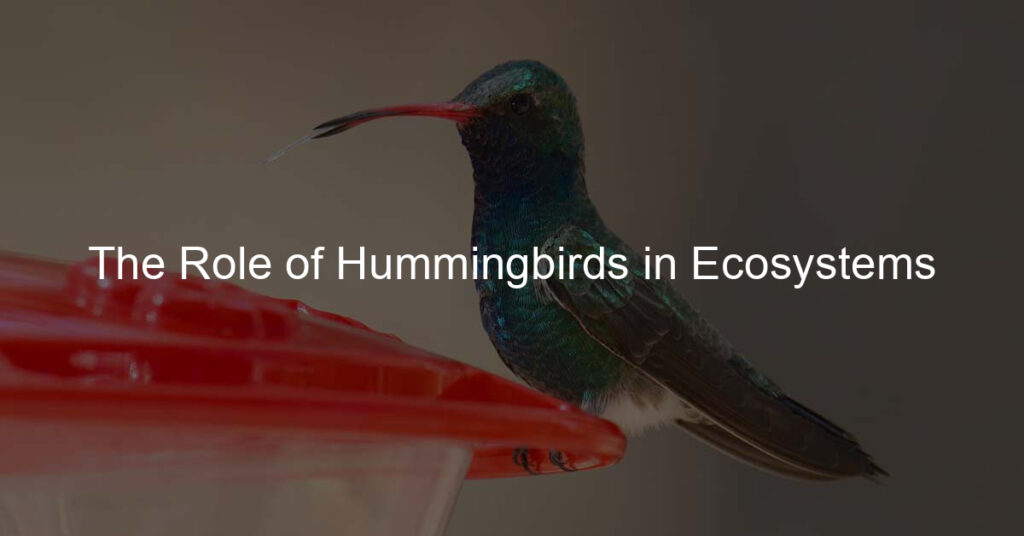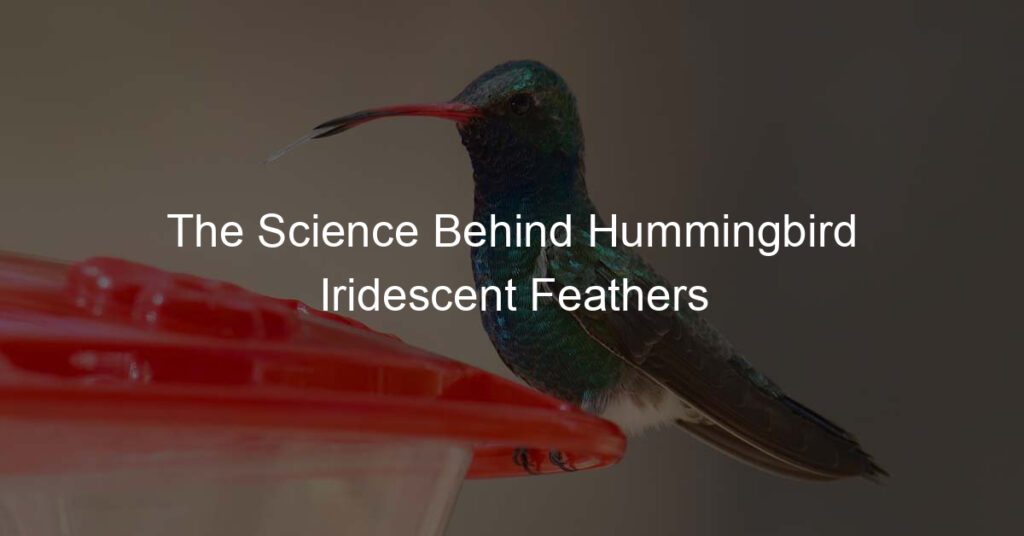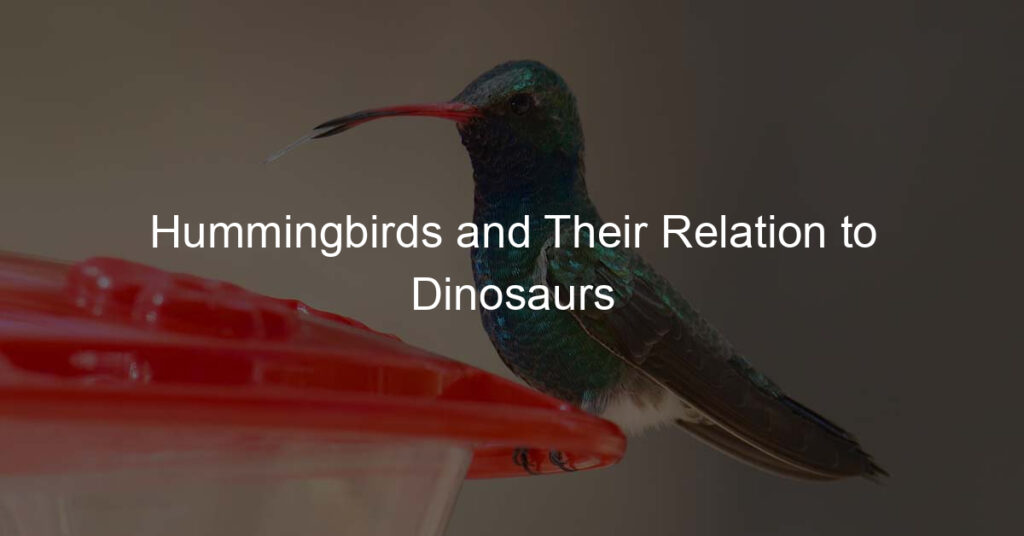Hummingbirds are fascinating creatures known for their vibrant colors and incredible agility in flight. As we explore the world of these tiny birds, one aspect that often piques our curiosity is their reproduction, specifically when do hummingbirds lay eggs.
Understanding this phenomenon provides insight into the delicate life cycle of these remarkable avian wonders.
During the breeding season, which typically falls between late winter and early summer for most hummingbird species, these birds engage in elaborate mating rituals. Once a female hummingbird has mated, she will go on to lay her eggs in a carefully constructed nest.
The incubation period for these eggs can be as short as 15 days, depending on the species, with the female tending to them diligently, ensuring their safety and warmth.
Key Takeaways
- Hummingbirds lay eggs during their breeding season, which varies depending on the species
- Female hummingbirds build intricate nests to raise their young
- Incubation periods for hummingbird eggs can be as brief as 15 days, varying by species
Characteristics of Hummingbirds
As a bird enthusiast, I find hummingbirds truly fascinating. These tiny creatures are known for their extraordinary flying skills and vibrant colors.
There are over 300 species of hummingbirds, with some of the most well-known being the ruby-throated, rufous, Anna’s, and black-chinned hummingbirds.
I’ve observed that male and female hummingbirds exhibit some differences in appearance. Males tend to have brighter plumage, making them easily distinguishable. For example, the male ruby-throated hummingbird has a striking iridescent red patch on its throat, while the female has a plain white one.
This distinction is present in most hummingbird species and plays a vital role during the mating period, as the colorful plumage attracts potential female partners.
Hummingbirds are known for their incredible agility and speed, which I attribute to their unique wing structure. Their wings allow them to hover, fly backward, and even upside down.
This mobility is especially crucial when they’re feeding on nectar. Their small size and quick movements also make them elusive targets for predators, which is essential for their survival.
In terms of diet, I’ve noticed that hummingbirds primarily consume flower nectar, which serves as an energy source. Yet, they also need proteins and minerals found in insects and spiders, which they regularly consume as well.
Mixing their diet is essential for the bird’s overall health and enables them to maintain their high metabolism.
Hummingbird mating is an interesting process that I’ve had the privilege of witnessing. Males will perform elaborate aerial displays and courtship dances to attract females.
Once the female accepts the male’s advances, they mate briefly, and then the female takes responsibility for nesting and raising the young. Hummingbirds typically lay one to three eggs, which are incredibly small and delicate.
I believe that understanding the characteristics of these amazing creatures helps us appreciate and protect them. From their vibrant colors and incredible flying skills to their fascinating mating rituals, hummingbirds are a marvel of nature that never ceases to amaze me.
When Do Hummingbirds Lay Eggs?
Hummingbird breeding season typically takes place during the summer months, with peak mating season being in March and July. During this time, female hummingbirds look for good nesting sites and then build their nests using twigs, grasses, feathers, and moss before laying eggs.
Because these nests are usually so small (only about an inch wide!), it can take up to 4 days for the nest-making task. Once the nest is built and ready for her eggs, she will lay two eggs at a time over a period of 3–4 days.
After the eggs have hatched and been cared for by both parents, they will leave the nest after 18-24 days when they are ready to fly on their own.
Read more: How Can You Protect Hummingbird Feeders From Pests?
Where Does Hummingbird Nest Build?
Hummingbirds are very choosy when it comes to where they build hummingbird nests. They prefer areas that have some foliage for camouflage but also need plenty of open space nearby so they can take off quickly if necessary.
Trees, shrubs, and other plants in gardens or near open fields are usually the best options for hummingbird nesting sites.
Hummingbirds also like to build their nests low to the ground—usually no more than two feet off the ground—so they can easily access food sources, such as flowers and feeders.
These tiny birds are incredibly fascinating creatures, and it’s amazing just how much they can accomplish in a short period of time! From building intricate nests to laying eggs and caring for their young, hummingbird mothers are truly amazing creatures.
How Long Is A Hummingbird’s Pregnancy Period?
Female hummingbirds gestate for three weeks before they lay their eggs, one or two eggs per clutch. Nevertheless, it can take up to two days for the eggs to be laid once they have been fertilized. The eggs are very small—about the size of jellybeans—and both parents take turns incubating them until they hatch.
Incubation typically takes 16-18 days. During that time, the female will leave the nest every few hours to feed while the male stands guard.
Once they hatch, mother hummingbird feeds their hummingbird chicks with a diet of nectar and insects until they leave the nest at about three weeks of age. The chicks grow quickly; in just two weeks, they will develop feathers and gain enough weight to fly from the nest.
It’s amazing how much this little baby hummingbird can accomplish in such a short amount of time.
Read more: Are Hummingbirds Attracted To Red?
Why Are Hummingbirds So Special?
Hummingbirds are special for many reasons, but perhaps one of the most interesting facts about them is that they are some of nature’s best migration success stories.
Each year thousands of hummingbirds migrate thousands of miles from Central America to North America and back again on an annual basis!
This incredible feat requires incredible stamina and skill – not only do these tiny birds have to survive months without food or rest during their migration journey, but they also have to contend with predators and inclement weather along the way.
Learn more: Are Hummingbirds Endangered?
Caring Tips For Baby Hummingbirds
While it’s important to step in when a hummingbird is in distress, and many baby hummingbirds need human intervention to survive, it’s also important to understand that these tiny birds require very specific care.
Let’s take a look at what kind of care baby hummingbirds need in order to thrive.
Feeding Baby Hummingbirds
Baby hummingbirds need to be fed every 20 minutes or so from sunrise until sunset for the first two weeks of life; after that, they only need to be fed every 45 minutes. To feed them, use a syringe or eye dropper and fill it with a nectar solution made of four parts water and one part sugar.
It is important not to use honey or any other type of sweetener because these can cause digestive problems. The nectar should always be at room temperature—never warm or cold—and should only contain the ingredients listed above.
Cleaning The Nest
Hummingbird nests are delicate and will often break apart if touched by humans. To clean the nest without touching it yourself, you can use tweezers or a paintbrush (or even just your breath!) to gently remove any dirt, debris, bugs, etc.
Be sure not to touch the babies as you do this; their feathers are incredibly delicate and may be damaged if handled improperly.
Handling Baby Hummingbirds
In general, it’s best not to handle baby hummingbirds unless absolutely necessary (such as if they have fallen out of their nest). If you do need to handle them, make sure your hands are clean and dry before picking them up; never wash your hands with soap before handling baby hummingbirds, as this could strip away their natural oils, which are essential for keeping their feathers healthy and waterproofed.
Also, make sure that your hands are warm (not hot) before picking them up; cold hands can shock tiny birds like hummingbirds!
When handling baby birds, always keep your movements slow and gentle; never shake them or move them too quickly, as this could cause serious injury or death.
Learn more: 6 Best Hummingbird Feeders To Keep Bees Away
Conclusion
As you can see, there is so much more than meets the eye when it comes to understanding the life cycle of a hummingbird. From finding mates during the breeding season all the way through migration patterns in winter months—hummingbirds have an incredibly unique set of behaviors that make them such special creatures.
Whether you’re an experienced bird watcher or just getting started with learning about our feathered friends—we hope this brief overview about when hummingbirds lay eggs has given you some insight!
Frequently Asked Questions
When does the hummingbird nesting season occur?
In general, the hummingbird nesting season occurs between late winter and early spring, typically from mid-February to May. However, the timing may vary depending on the hummingbird species, geographic location, and weather conditions.
What is the typical nesting duration for hummingbirds?
The typical nesting duration for hummingbirds can last between 3 to 7 weeks. This period includes nest building, incubation, and raising the chicks until they fledge and leave the nest. Most hummingbirds have a precise and intricate process for nest construction, which usually takes 5 to 7 days to complete.
How many eggs can hummingbirds lay in a year?
A hummingbird can lay 1 to 3 broods in a year, with each brood consisting of 2 eggs. However, the number of broods a hummingbird will raise can be affected by various factors, such as the species, available resources, and weather conditions.
Do different hummingbird species lay eggs at different times?
Yes, different hummingbird species lay eggs at different times, and their nesting seasons can vary based on geographic regions. For instance, Ruby-throated Hummingbirds typically nest between March and July in the eastern United States, while Anna’s Hummingbirds nest from December to June on the Pacific Coast.
How long does it take for hummingbird eggs to hatch?
The incubation period for hummingbird eggs ranges between 14 to 23 days, depending on the species and environmental factors. Female hummingbirds are responsible for incubating the eggs and turning them occasionally to ensure even and proper development.
What are appropriate nesting conditions for hummingbirds?
Appropriate nesting conditions for hummingbirds involve quiet, sheltered, and concealed areas with an abundant supply of nearby nectar-producing flowers and insects.
Hummingbirds often choose locations like trees and shrubs that provide sufficient cover from predators, wind, and other elements while still being close to essential resources.
They also prefer safe locations at a reasonable height from the ground to protect their eggs and chicks from threats.
